As part of our series, Women’s Cinema, we interviewed adventure filmmaker Natassja Ebert. In this episode, Ebert reminds us about the adventurous characteristics of our industry, and why it’s most important to dare and not to be afraid to take on demanding projects. Also, Ebert talks about the necessity of establishing connections and build a network. Read on.
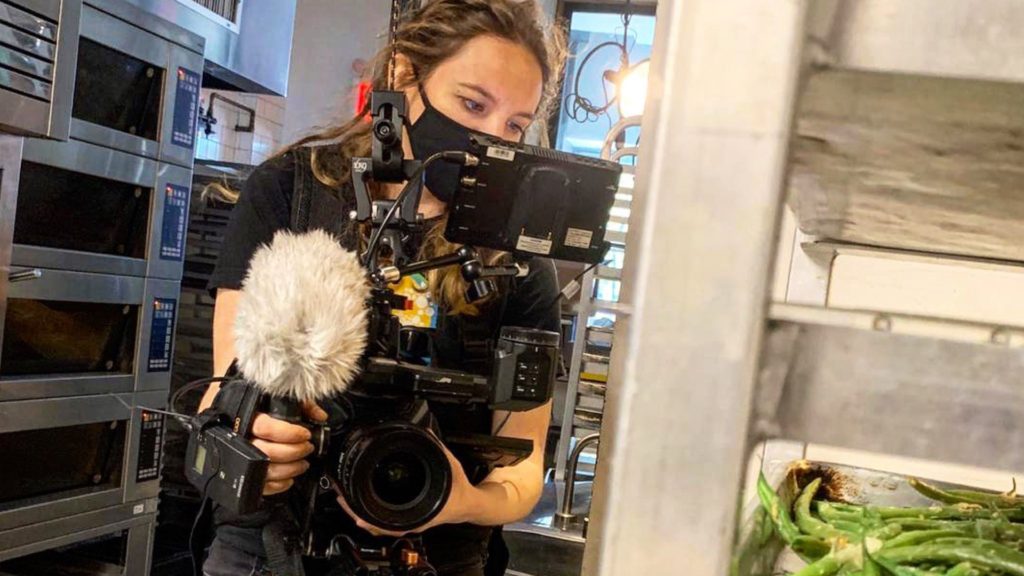
Women’s Cinema by Y.M.Cinema Magazine
Women’s Cinema is a series of articles by Y.M.Cinema Magazine that focus on the women in our industry, with the goal of encouraging women to pursue after filmmaking career and to provide a stage for female content creators in the filmmaking industry, regardless of their roles on set.
In this episode, we interviewed Natassja Ebert. Ebert is what we define as an adventure filmmaker. Her bravery contributes to her ability to tell unique stories, especially about global humanity. Let’s hear what Ebert has to say about being a female in this very demanding industry.
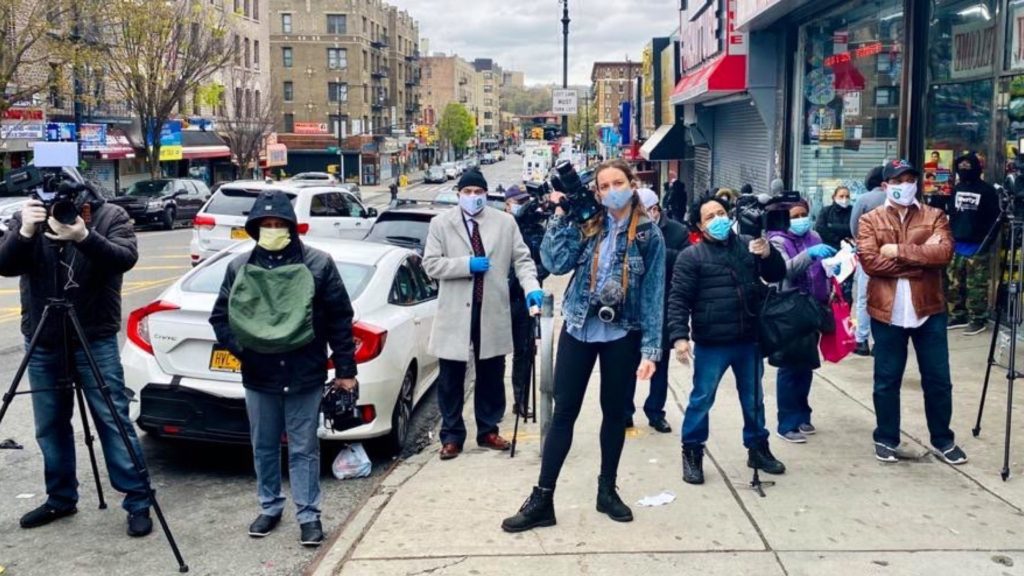
All girls should film! We need more perspectives and stories in this world. I’d advise them that any connection is a connection to build a network. From finding videographers through hashtags to talking to the lone editor in a coffee shop.
A PART of the world
Y.M.Cinema Magazine: Let’s know about yourself (short bio focusing on your filmmaking career), as well as why (and how) you chose filmmaking as a profession.
Ebert: I remember as a little girl, my dad asked, “What do you want to be when you’re grown up? If money is no factor?” Instantly I yelled, “An actress!”. I was fascinated by how they played dress-up and seemed to be everywhere. I watched as parents chug through their 9-5, to come home and turn on the TV to watch the world. But I wanted to be A PART of the world. I wanted to be where the action was at. Instead of being an actress, I “outsmarted” the goal and became what films them instead. A career many forget is needed to accomplish entertainment, yet is where the action is, nevertheless.
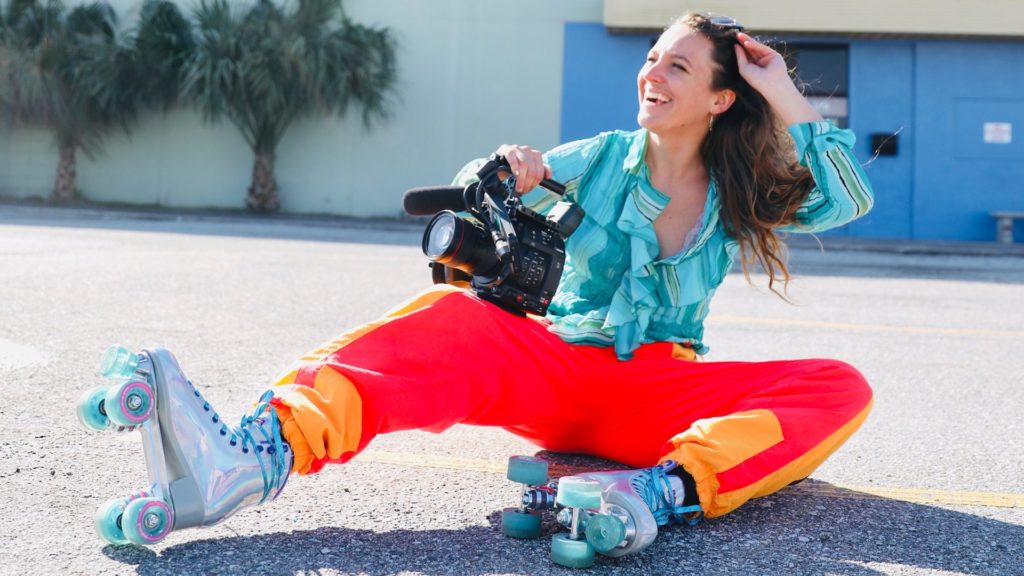
I started by filming sports, with ESPN3 and soon the NBA Summer League. It was easier in – and taught me how to react quickly to the scenarios in front of me. If you can follow a ball across a field, you can film nearly an animal or person at equal speed. I began filming with a variety of Film Production Houses which gave me a sense of community, fast. The Color Production House became a family for me – and the best mentorship a girl could ever hope for.
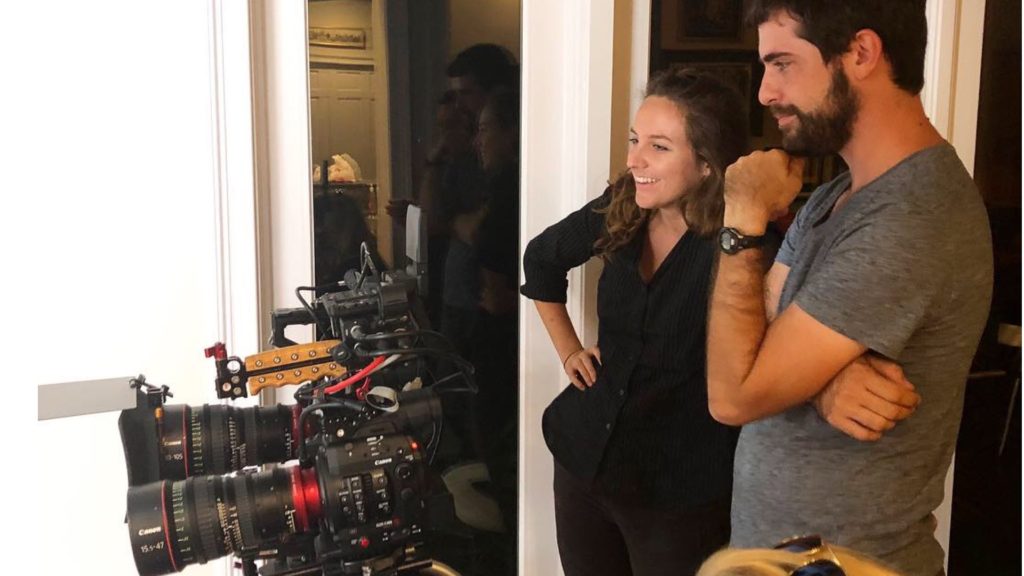
We would load up multiple vans of gear and our 6-8 person crew would road trip across America, filming everything from Mercedes to the NFL Draft. We ate burritos by the dozen (a healthy, trash-free meal) and the site saw America from palm readings in New Orleans to country bars in Nashville. Eventually, I saved enough money to buy the production house’s “hand-me-downs” – a Canon C200 and Canon 5D Mark 4. The gateway to my independence.
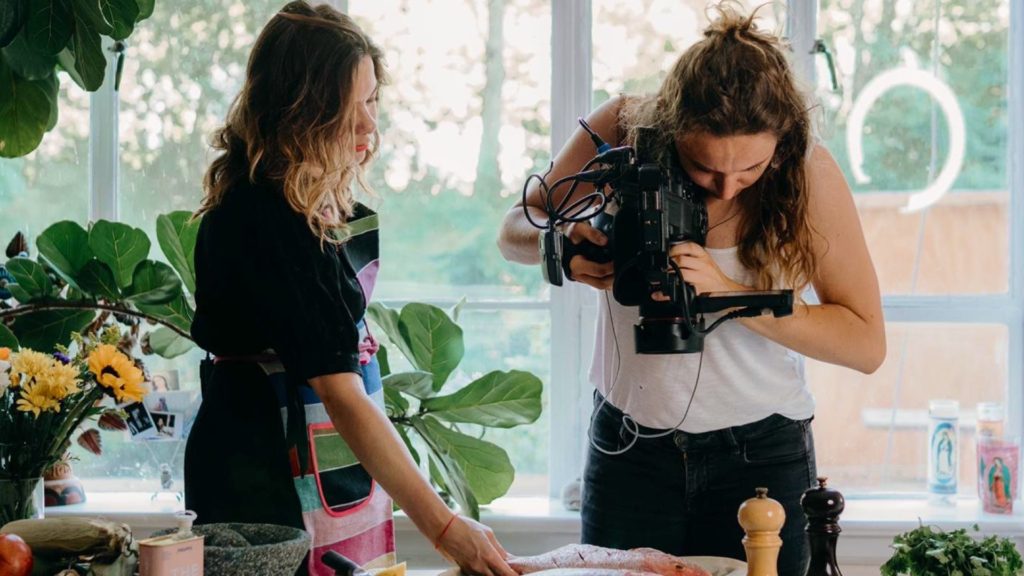
I watched as parents chug through their 9-5, to come home and turn on the TV to watch the world. But I wanted to be A PART of the world. I wanted to be where the action was at.
I moved to New York City to film my own projects, to expand myself outside of being “Camera Number 3” on set. In the city, I filmed for Sabin Howard Sculptures – an artist who was making 38 life-sized sculptures for a WW1 monument in Washington DC. I was wide-eyed as I watched him tirelessly sculpt a hand and as a broadway actress stood motionless, being the live model, for hours. I filmed countless CEOs on Wall Street and tiny, living room performances in Greenwich Village. Until in October 2019, Hurricane Dorian hit The Bahamas, and I followed a group of artists called “The Goodness Tour” and their aid to the survivors.

Eventually, I saved enough money to buy the production house’s “hand-me-downs” – a Canon C200 and Canon 5D Mark 4. The gateway to my independence.
The Goodness Tour brought songwriting and art classes to those living in the shelters or streets. Grand Abaco, one of the 700 islands of The Bahamas, turned into matchsticks after this 38-hour hell storm. Yes, people need food, water, and shelter. But they also need art therapy to heal – and that’s what I filmed. I slept in cots in roofless churches and charged my batteries off generators. We painted murals with paint found under rubble or black oil. We ate lobster caught by the last local sailors and drank ourselves silly with coconut rum. Because this island now was without wifi, cable, electricity, and plumbing – the murals quickly became a point of attraction. Without road signs, they became landmarks. We had every humanitarian on the island come by – and this is how I found World Central Kitchen. An organization that was feeding 10,000 people in The Bahamas daily. They asked if I was hungry – and man, I was starving.
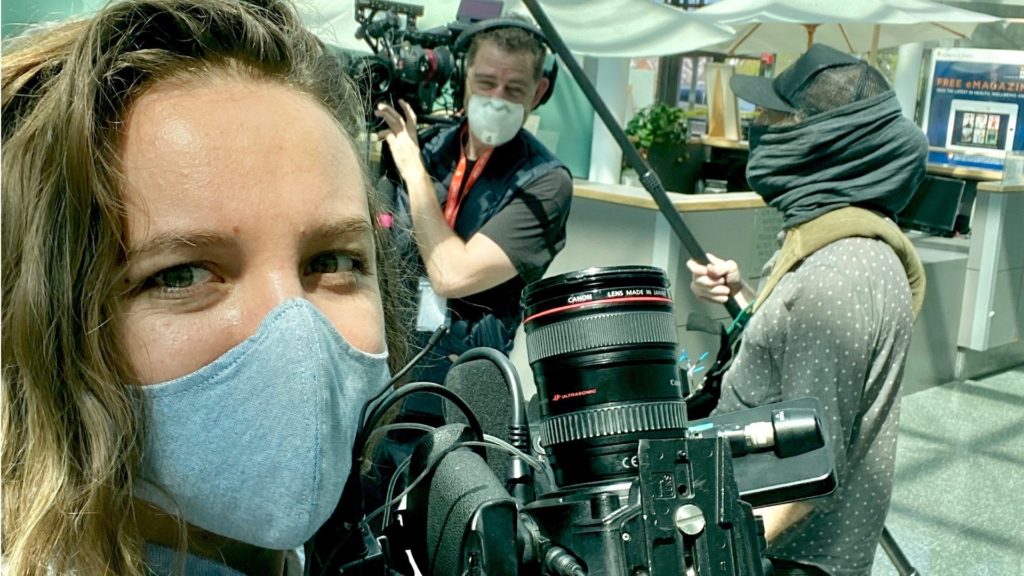
I slept in cots in roofless churches and charged my batteries off generators.
I soon began filming for World Central Kitchen, little did I know, it would change my life forever. Chef Jose Andres started this organization, and it was gathering traction. When the pandemic broke out – World Central Kitchen was feeding Princess Cruise lines in Japan. I remember Sam Bloch (main first responder to the crisis zones) called me, saying “We’re coming to New York City! Can you film tomorrow?” I laughed. We only had a few dozen cases, it seemed silly that it would be considered a crisis. I was very wrong.
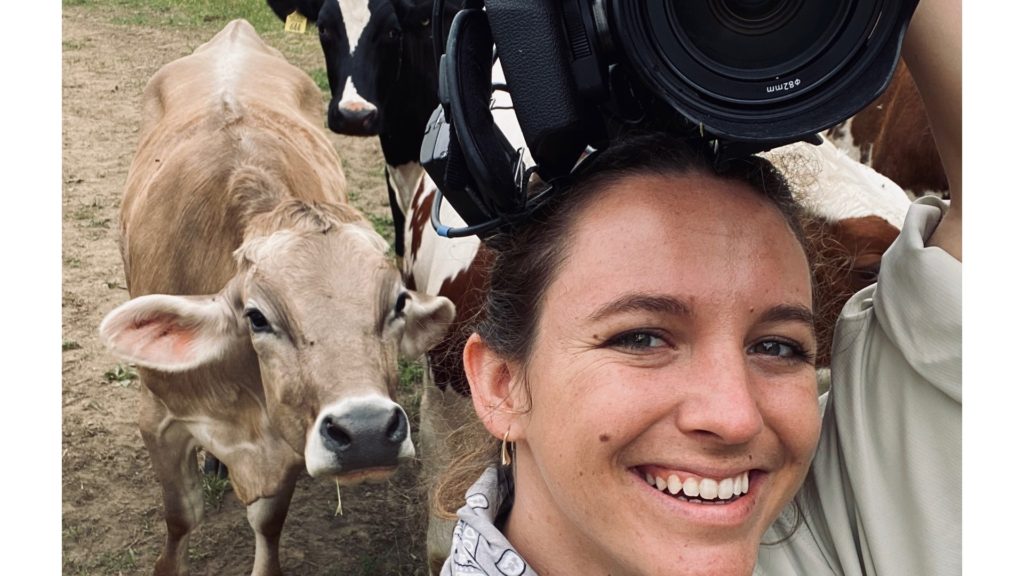
I feel like I don’t have to climb harder in the industry, but to climb differently. I know some female cinematographers who use their business title rather than their given name.
For the next 8 months, I filmed World Central Kitchen feed 100,000 people daily throughout New York City. They fed refugees, nurses, soldiers, first responders, marginalized people, immigrants, artists, The Central Park tent hospital and anyone in between. The initiative bought meals from local restaurants to help save what was left of the “Mom and Pop” shops that NYC was built upon. I interviewed 45+ chefs and really fell in love with food documentation. The city came to a halt – with empty streets that only roared at 7 pm to applaud the nurses. By summer, nearly every store was boarded up for the BLM protests – and vacancy signs were a dime a dozen. I filmed daily, knowing my footage was being collected by National Geographic for a film about Jose Andres, directed by Ron Howard. But more so, because I was documenting history. Canon sponsored me amongst the process – and we made this video as a thank you. This mission gave me an outlet and a huge distraction to what was really happening all around me.
By November 2020, World Central Kitchen slowed its operations. They are a crisis organization, and although NYC was still in rough shape, it wasn’t a fresh open wound like Hurricane Iota in Honduras, Nicaragua, and Colombia. They began to shift their attention elsewhere, and I began filming for other small projects to define my skills for when the pandemic lifts.
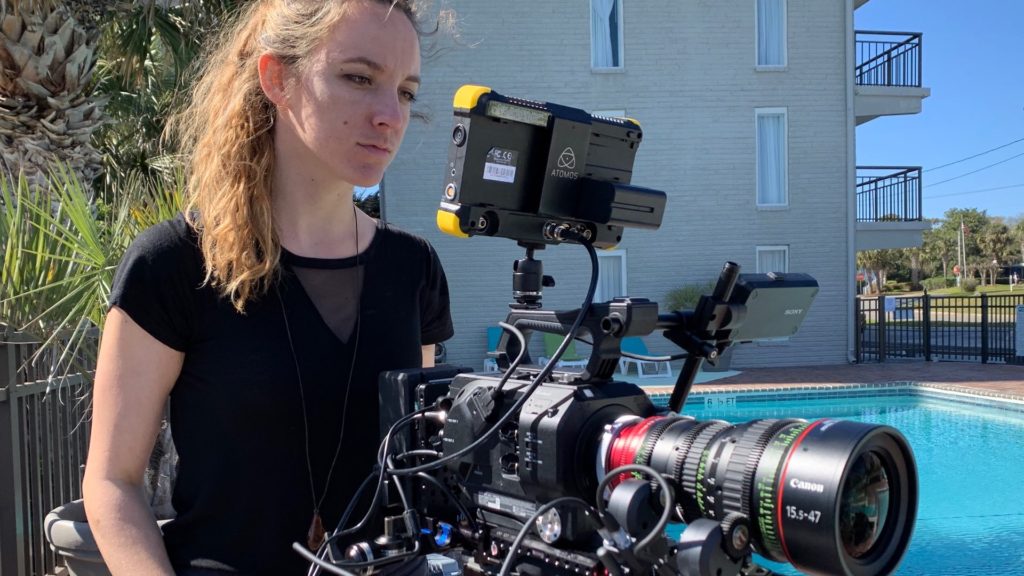
I’m watching the glass ceiling break. It excites me to see more females on set, carrying their weight in gear and directing the masses. Every representation matters.
The power of influence
Y.M.Cinema Magazine: Please elaborate on your roles on the set. Do you have any preferred roles?
Ebert: On set – I love being the DP or cinematographer. I often work in documentary formats, and alone. But it’s beautiful finding light, color, and joy, regardless of the scenario. As a DP, you have that power in your hands to directly influence the end product by gathering the raw materials.
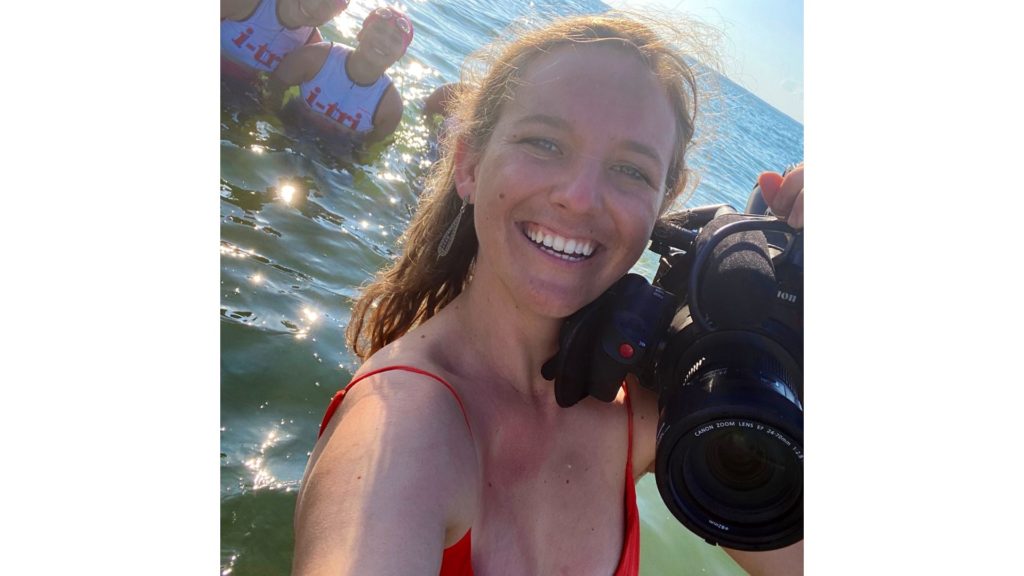
Interesting projects
Y.M.Cinema Magazine: Name a few interesting projects you took part in.
Ebert: A few interesting projects I took part in was filming The Goodness Tour in The Bahamas, World Central Kitchen for Hurricane Dorian relief, and NYC COVID19 relief for their social media platforms and a feature documentary, Sabin Howard Sculpture as he sculpts the WW1 Monument in the next 4 years, “Anact” a Hemp Towel campaign, A cooking show for The Embassy of Colombia, Bleacher Report, and I filmed Joe Biden in February 2019 for The Shade Room as he was on his campaign trail. Oh! I filmed a commercial for See International, an organization that provides cataract surgery to those living in poverty, quite literally curing people’s blindness. Jobs that involve true story-telling, for the benefit of humanity, excite me the most.
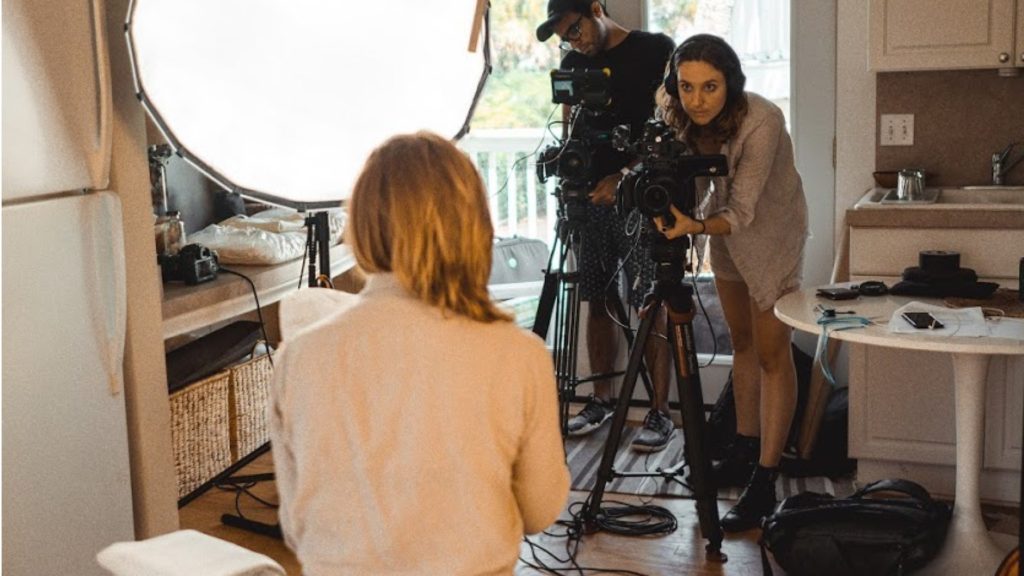
Jobs that involve true story-telling, for the benefit of humanity, excite me the most.
The glass ceiling
Y.M.Cinema Magazine: What’s it like to work in a professional environment dominated by men? As the majority of the filmmaking industry are men, do you feel that you have a glass ceiling above you?
Ebert: 4. Working amongst men can be frustrating, especially on large sets. Often, I feel like my opinion is the last to be heard or someone “mansplains”. They may take away my camera to build it themselves or assist in getting the shot instead before I have the chance. It’s frustrating to feel like a rabbit amongst dogs, having a “let’s get coffee to talk about the footage” as confusion for a date. The climate definitely depends on the job, like how a Sports related gig could result in more cat-calls than a hospital documentary. Although, I’m watching the glass ceiling break. It excites me to see more females on set, carrying their weight in gear and directing the masses. Every representation matters.
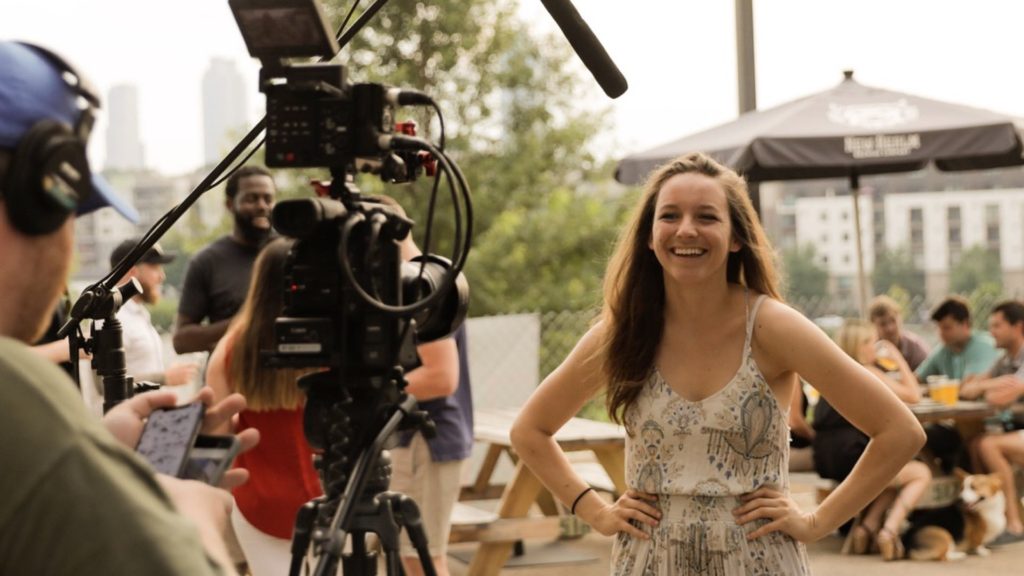
Working amongst men can be frustrating, especially on large sets. Often, I feel like my opinion is last to be heard or someone “mansplains”. They may take away my camera to build it themselves, or assist on getting the shot instead before I have the chance. It’s frustrating to feel like a rabbit amongst dogs, having a “let’s get coffee to talk about the footage” as confusion for a date.
Making the climb
Y.M.Cinema Magazine: Do you feel that you have to try harder as a female filmmaker in order to make a climb in the industry?
Ebert: I feel like I don’t have to climb harder in the industry, but to climb differently. I know some female cinematographers who use their business title (ie. Film Camera Company) rather than their given name (ie. Ashley Johnson). To let their work speak rather than the personal artist behind it. To hold fast with solid contracts, and retainer fees. To include a few more hands-on sets, so they aren’t alone in a room with a job they found online.
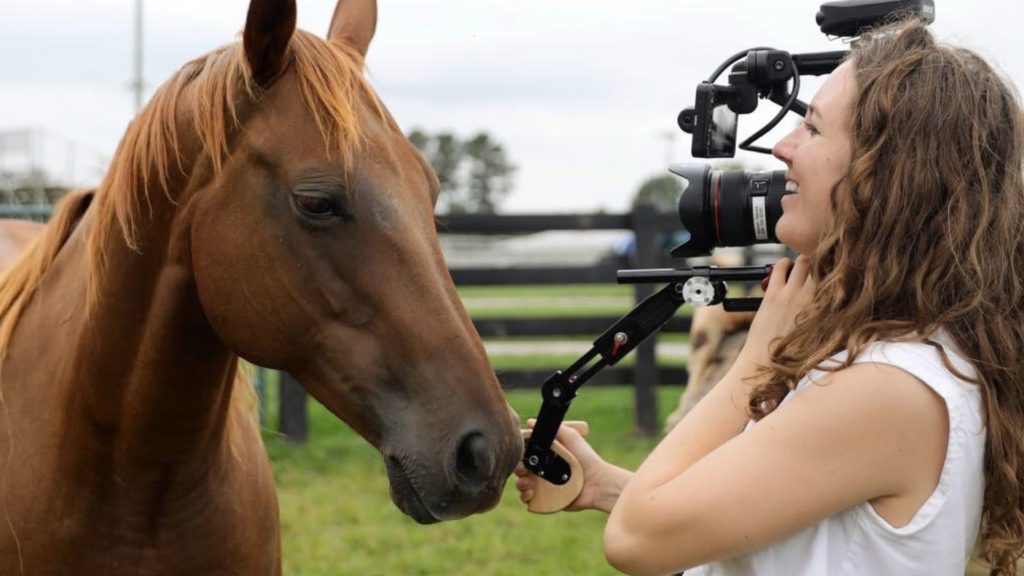
This is an industry that is made through the web, and every filmmaker needs help and a crew to be successful. Work is under every rock!
Tips for others
Y.M.Cinema Magazine: Do you recommend other women to pursue a filmmaking career? If so, what’re your tips and tricks to do so?
Ebert: Yes! All girls should film! We need more perspectives and stories in this world. I’d advise them that any connection is a connection to build a network. From finding videographers through hashtags to talking to the lone editor in a coffee shop. This is an industry that is made through the web, and every filmmaker needs help and a crew to be successful. Work is under every rock, so you better get turning!
Product List
- Camera: Canon EOS C200 Cinema Camcorder kit. Price: $5,500 [maxbutton id=”1″ url=”https://adorama.rfvk.net/qnzzr5″ ]
- Camera: Canon EOS 5D Mark IV. Price: $2,500 [maxbutton id=”1″ url=”https://adorama.rfvk.net/QOjjRP” ]


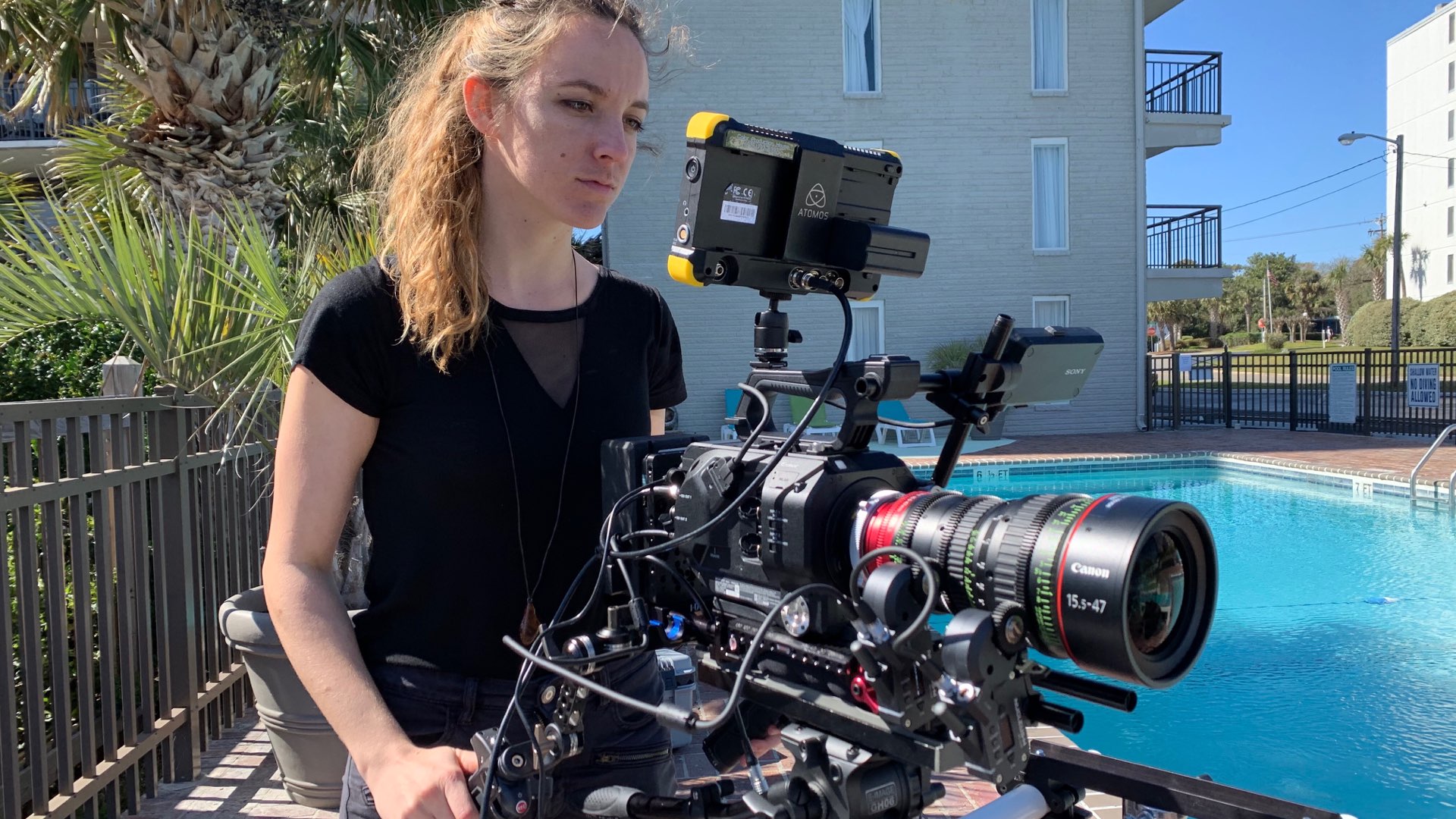




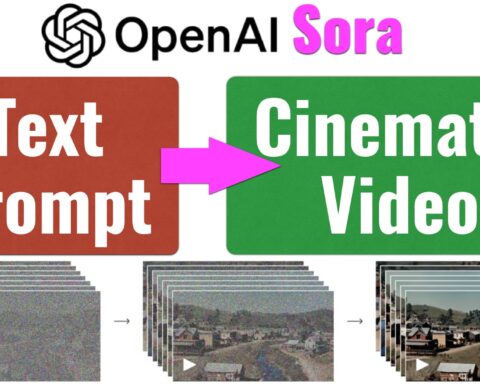
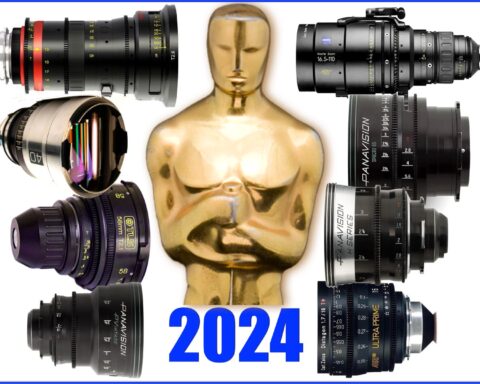

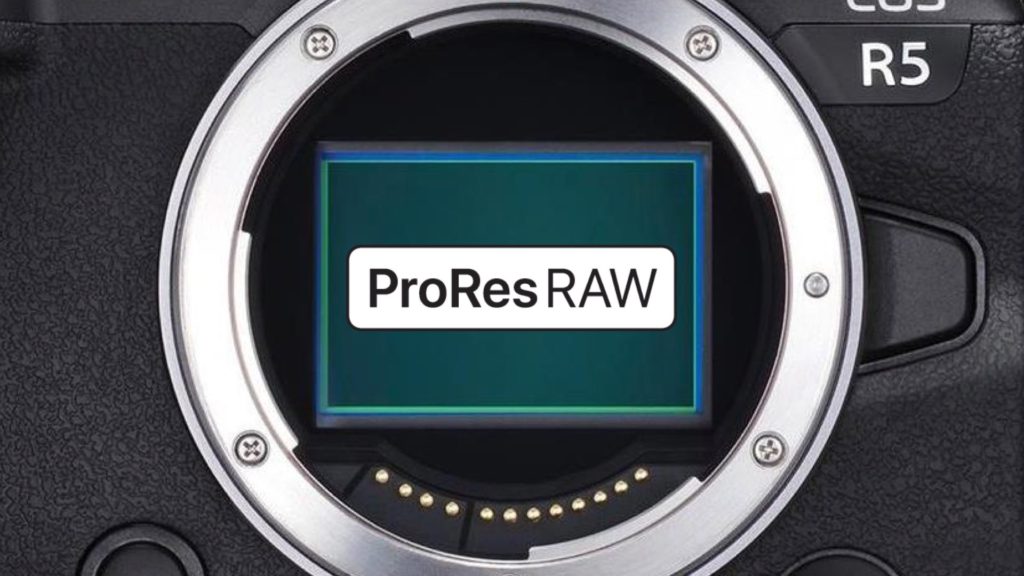
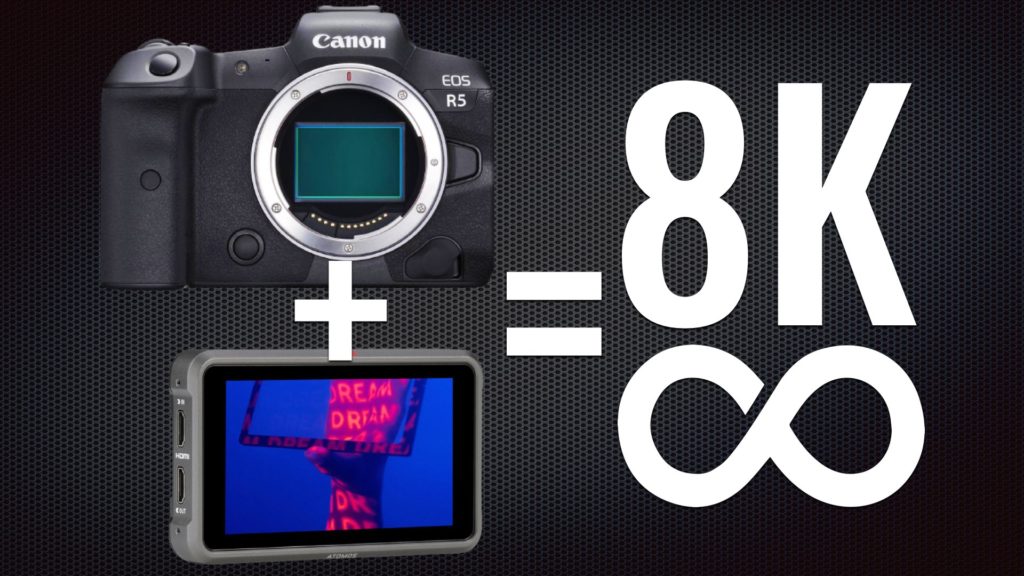







Great interview and photos too, Yossi. Looking forward to more.
Glad you enjoyed it.